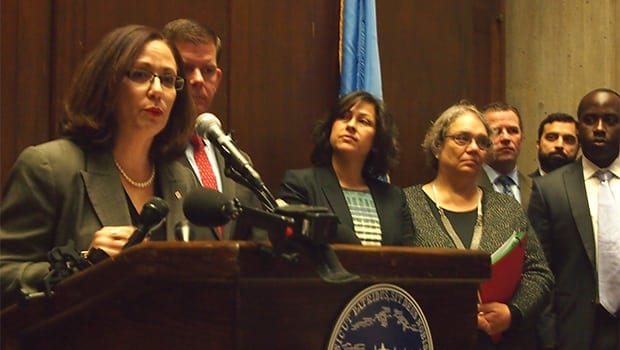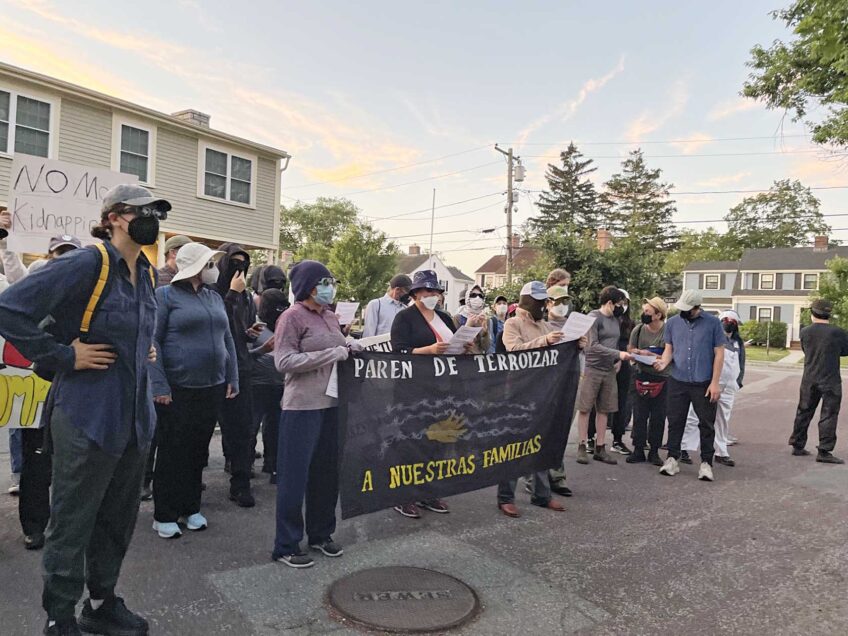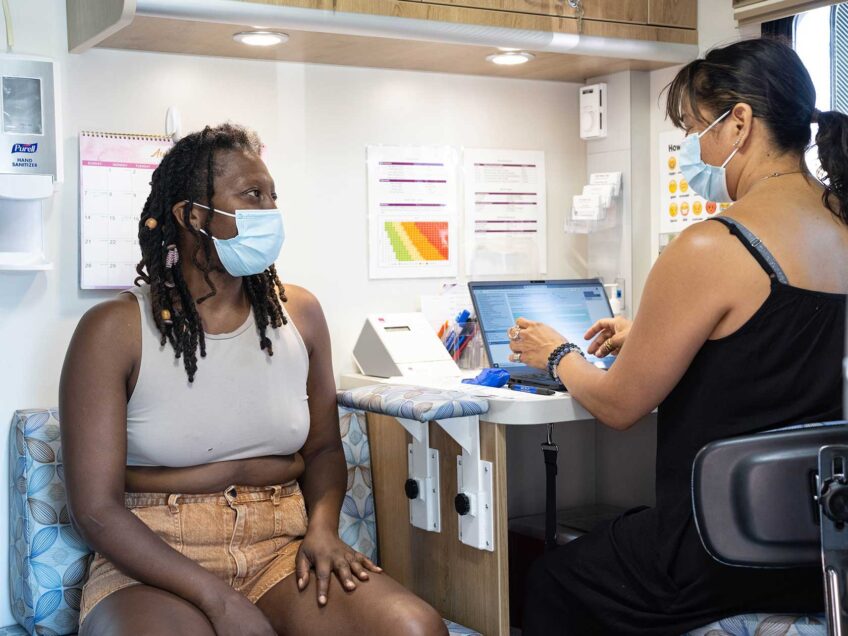
Boston’s Latino population has been established and growing for some time, yet Latinos continue to be underrepresented in city government leadership roles, according to a report released this week in Boston.
The report, “The Silent Crisis: Including Latinos and Why It Matters” shows that while Latinos make up 17.5 percent of Boston’s population, they hold only 7.5 percent of cabinet, senior staff or chief positions and only 7.1 percent of board and commission seats in city government.
The study was commissioned by the Greater Boston Latino Network and conducted by Miren Uriarte of UMass Boston, James Jennings of Tufts University and independent researcher Jen Douglas.
“Latinos are very strong in this city in numbers, but you would not know that looking at the numbers in government positions,” said Uriarte, adding that Latino representation would need to double in both executive roles and board and commission seats in order to be equitable.
The study also looked at Chelsea and Somerville, both of which also showed a gap between Latino population and positions in government leadership. The most dramatic gap is in Chelsea, where Latinos make up 62.1 percent of the population but hold only 14.3 percent of executive positions and 10.9 percent of board and commission seats. In Somerville, the Latino population is 10.6 percent, while in its city government, Latinos hold 1.7 percent of board and commission positions and no executive positions.
Alexandra Oliver Dávila is executive director of Sociedad Latina, a nonprofit that serves Latino youth. Her organization is a member of the Greater Boston Latino Network. She said area Latino-led organizations formed the network because they were concerned about lack of funding for Latino-led organizations and lack of Latino representation in government.
The results of the study did not surprise her, Dávila said, but she hopes the report will spur action.
“We just haven’t had a seat at the table where decisions are made,” she said. “It creates a very compelling case. I think there will be action. The fact that the [Boston] mayor is listening and taking it very seriously — I think there will be some movement.”
The report acknowledges that Mayor Martin Walsh took office just this year, and has made some progress in creating a diverse group of leaders, so Latino representation in Boston government is “in many ways (and hopefully) a work in progress for this administration.” On the same day the report was released, Walsh announced the creation of a new Office of Diversity and the appointment of the city’s first-ever chief diversity officer, Shaun Blugh, and deputy chief diversity officer, Freda Brasfield, both of whom are black.
The study examined 47 active boards and commissions listed on the City of Boston website. These are entities that “guide, support, monitor, or regulate different areas of the government of the city,” such as the Arts Commission, the School Committee and the Licensing Board, each of which has one Latino appointee, and the Fair Housing Commission and the Parks and Recreation Commission, which currently have no Latino appointees. In all, out of 395 board and commission seats, 28 are held by Latinos, according to the report.
In the most senior mayoral administration roles, Health and Human Services Chief Felix G. Arroyo is the only Latino among 10 chiefs, and none of Walsh’s five other cabinet members are Latino.
Boston’s Latino population as of the 2010 U.S. Census is 107,917, a nearly 27 percent increase over the 2000 Census count of 85,089. But while the population shows rapid growth, the report notes that Latinos have been in Boston since the late 1800s and that the contemporary community dates back to the 1950s and ’60s when Puerto Ricans began settling in the South End. In more recent decades, Dominican and Central American immigrants have added to the growth, and the percentage of foreign-born Latinos in Boston is estimated now to be about 43 percent.
Uriarte rejected the notion that Latino underrepresentation might be blamed on language barriers, newcomer status or an insufficient pool of talented candidates.
“We now have second, third generation Latinos,” she said. “Some are English dominant, or English-only. If there was an effort, we would find the people. We would find folks of all colors to populate those commissions.”
The report emphasizes the importance of inclusion for an effective, efficient and legitimate government. Recommendations include action by local governments to create specific goals toward recruiting a “critical mass” of Latino leaders, and by citizen groups to be organized and vocal, form alliances with other underrepresented groups and collaborate with city government to develop strategies and oversight for achieving inclusion.
Latino underrepresentation in Boston’s municipal government is especially troubling given the dominance of Latinos in some areas of city services, such as housing, economic development and education, Uriarte noted. For instance, Latinos make up the largest ethnic group among the Boston’s 56,000 public school students, giving them a particularly high stake in the future of the Boston Public Schools.
Adding to the urgency, a recent BPS-commissioned report highlighted significant disparities in education opportunities and achievement for Latino and black students, who together make up 78 percent of the city’s school population.
“This is about a policy of inclusion,” said researcher Uriarte, who also served on the advisory committee for the BPS report. “We use Latinos as an example, but I would be surprised if we found anything different with an community of color. You cannot change the outcome for African Americans and Latinos unless you’re committed to changing how the city is serving these populations.”






